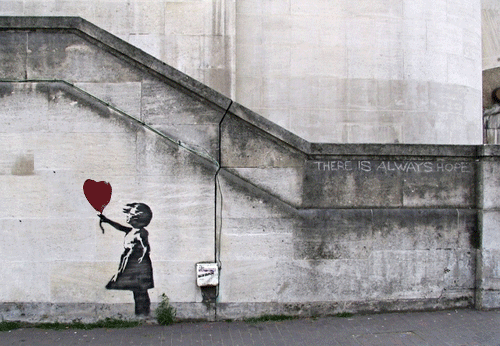WHAT IS HOPE?
Hope is a unique human characteristic that gives people the strength to transcend suffering and actively create a positive change in their lives.
Hope is created moment by moment through deliberate thoughts and actions using a combination of will power and way power – not just a desire but also a strategy for transformation. Hope gives us the ability to harness the goals, agency and pathways needed to change the world, literally from the inside out.
The original Hope Theory was developed by C. R. Snyder, a psychologist who discovered that there are three main things that make up hopeful thinking:

Goals – Having a specific objective in life
Pathways – Finding different ways to achieve your goals
Agency – Believing that you can drive change and achieve these goals
Hope plays a significant role in transforming conflict in all forms, be it emotional conflict such as friction with a partner, or a physical discord such as illness or in extreme cases, war. Ongoing studies show that hope is built using one or more of the following seven ingredients considered the “ seven pillars of hope”. These pillars provide people with a foundation to manifest change, and can take place in no particular order:
-
Vision: A grand picture of what you ultimately want to feel or attain
-
Beliefs: Assumptions you hold to be true without actual proof or evidence
-
Values: Your judgement of what is important in life
-
Motivators: Internal and external factors that stimulate your desire and energy to attain your goals
-
Strengths: Personal tools that help us accomplish our goals
-
Resources: Outside sources that you can use to support you in your efforts
-
Action: The movement that comes from thinking and observing to actually doing
The unique characteristics of hope have a profound effect on how humans not only survive but actually thrive when faced with stress and discord in their lives. The seven pillars form the base on which hope is built, and eventually interconnect as one becomes a catalyst for the others.
Having at least one pillar can provide the seed for hope to take root, but those who demonstrate at least three aspects of hope are the most successful in transforming conflict in their lives. Today we know that individual pillars play a pivotal role in generating and sustaining hope – not just in times of crisis but in everyday life. Further research is needed to understand how hope can be used to instill and activate positive change in individuals, families, communities and finally, on a global scale to create lasting peace in the world.

